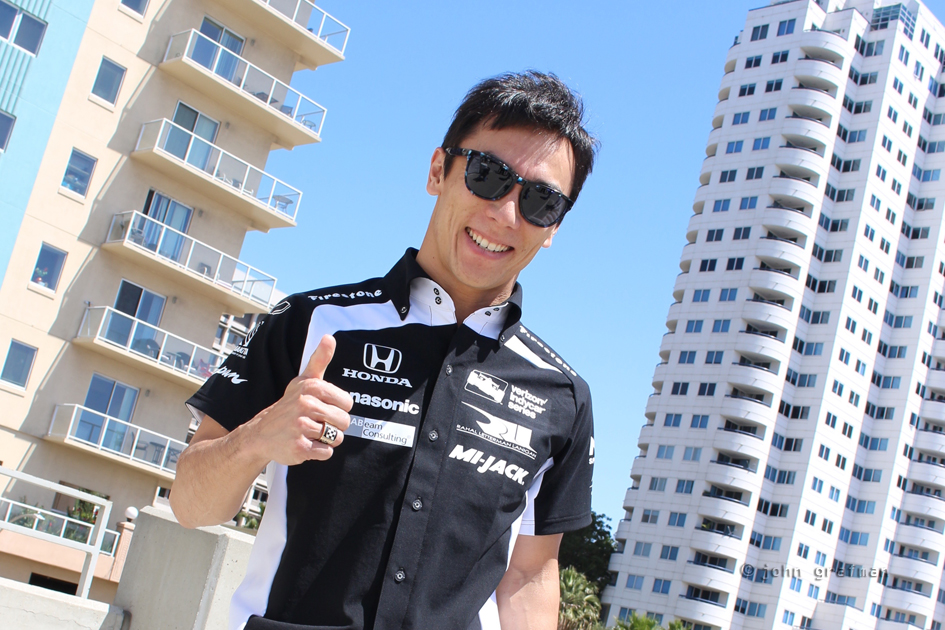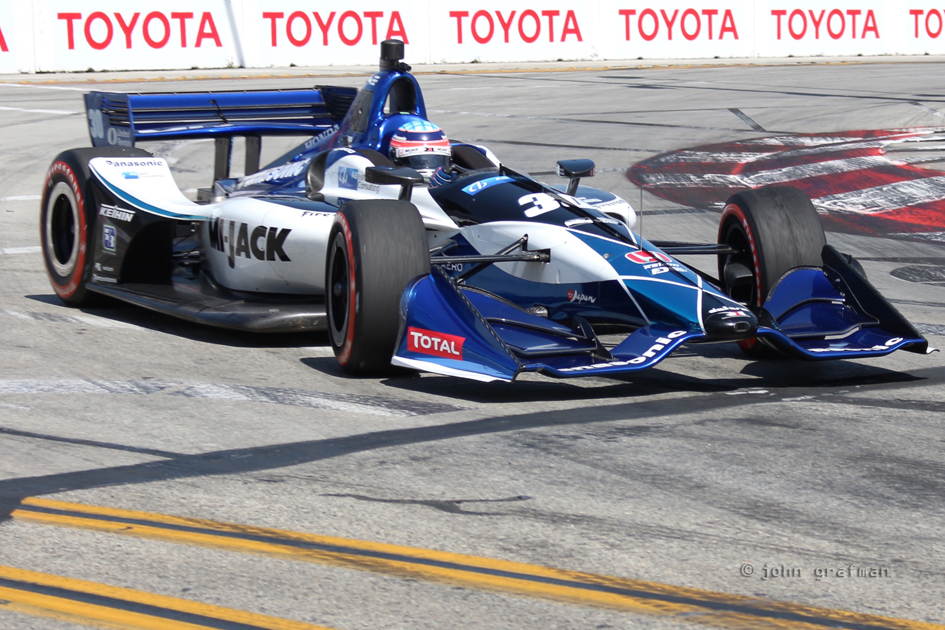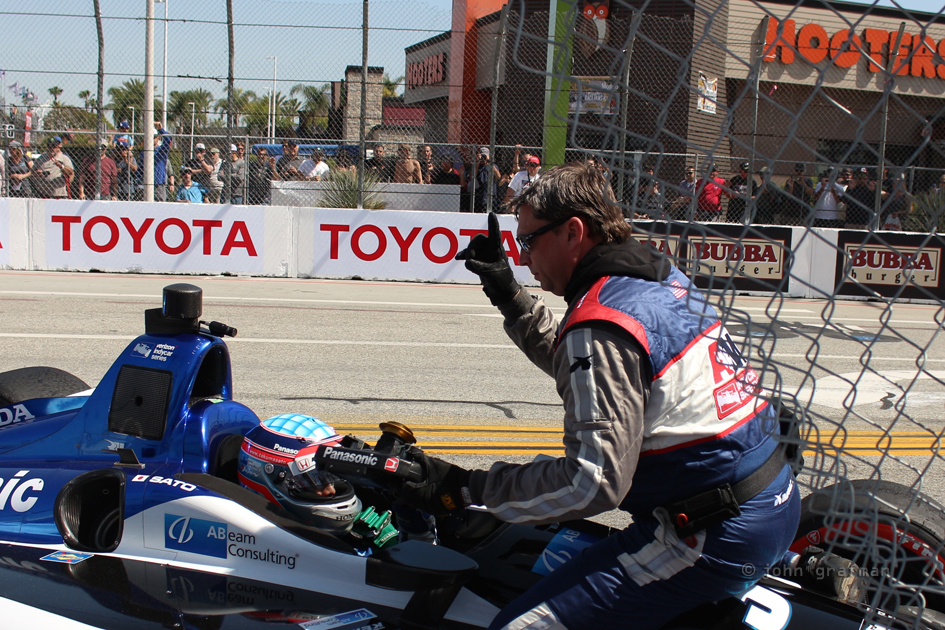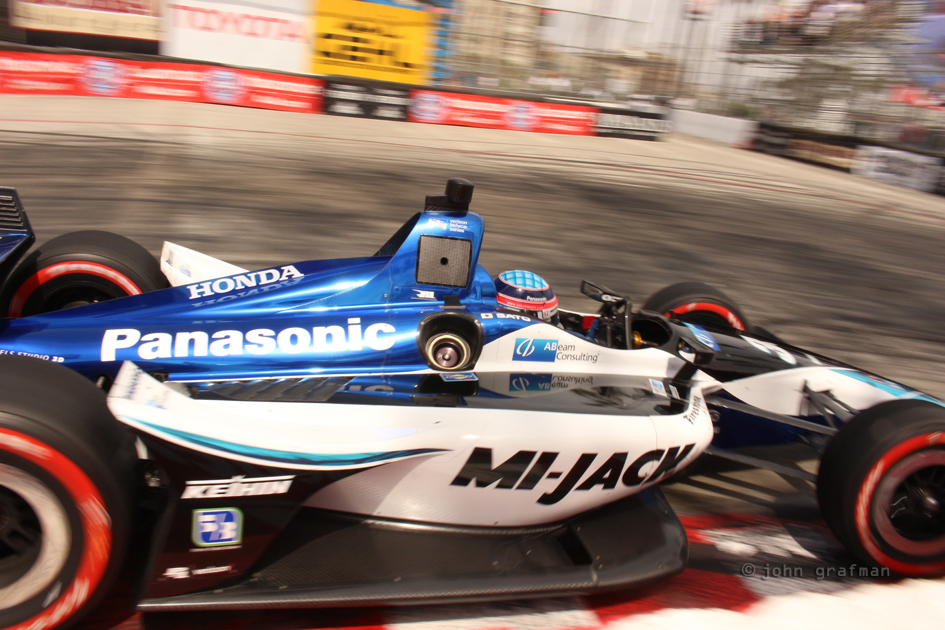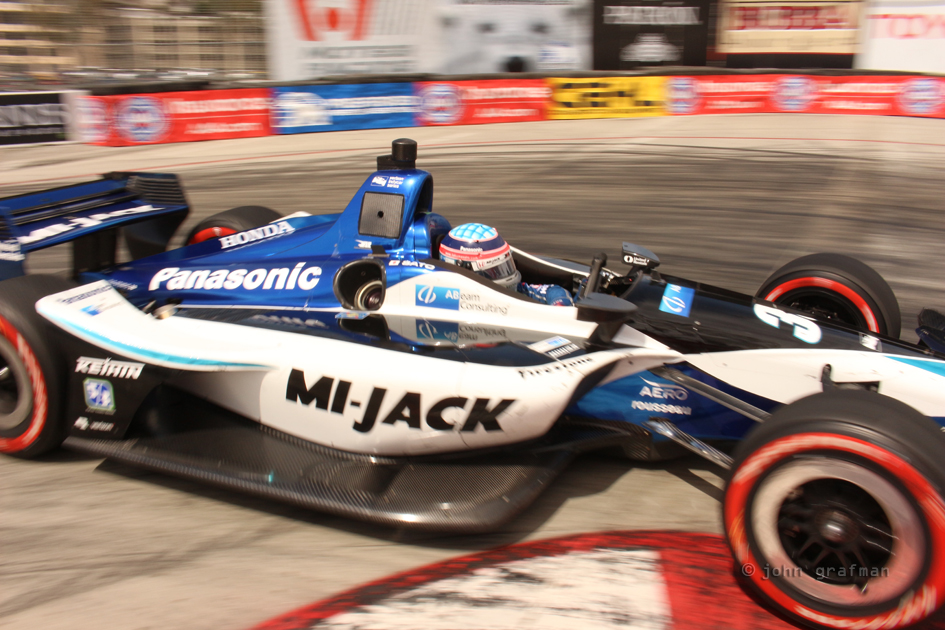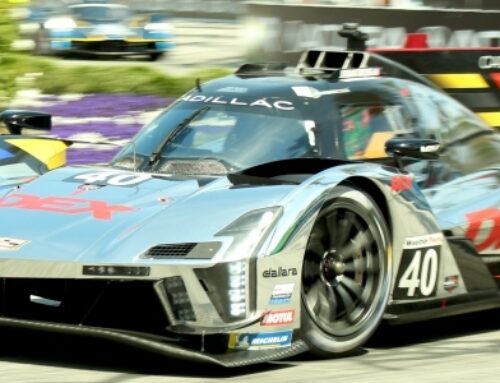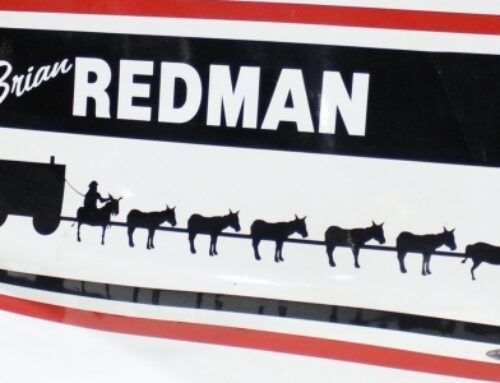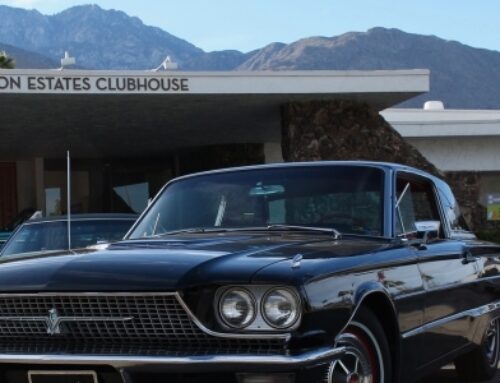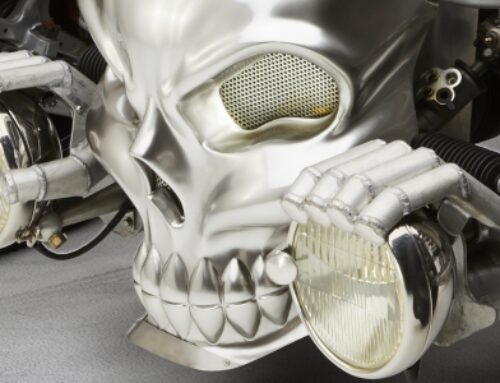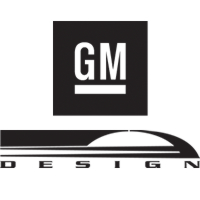Ask any average Joe what he or she thinks about race cars, and chances are they will say they look fast even when standing still. But, what will an Indy race car driver say? Not just any racer, but former Toyota Grand Prix at Long Beach winner, and the 2017 winner of the Indy 500, Takuma Sato!
A few days before the 2018 TGPLB, Takuma Sato is as thrilled to be here as the most hardcore Indy fan. He’s animated and has an ear to ear smile on his face. Fortunately, we are chatting before practice. Odds are, his optimism and gregariousness changed within 24 hours.
Take Five with Takuma Sato
AutoDesignO: How do you see the influence of race cars on the production cars we see today.
Takuma Sato: Well, there are a lot of common things. There are a lot of non-common things, of course. Obviously the purpose for the race cars is just to go fast. As quick as possible. And equally, some of the safety technologies and devices are improved so much over the course of a decade. I think some of the structural things and the technology obviously comes from a race car to a road car always comes back and feed back really well.
I think in automotive industry, a road car is far more advanced than a race car in terms of electrical technology, because that’s the name of the safety game. But that’s really filtered for [race] drivers, the techniques and the driver’s aid, which they’re not really allowed to have in race cars. So nowadays, you look at the race car, it’s kind of retro and classic because there’s not much electrical support. But I think it’s always good to have collaboration together, and the good cars always are fun to drive, are safe, and just a lot of emotion involved too.
ADO: As far as the styling goes, like with Honda vehicles, you can see now they’re adding a lot of aero-looking pieces on it. How do you feel about that?
Sato: Well, I think it’s always fun to watch the hot hatch and stuff like this. The aero devices are one of the most significant elements for the race cars, and so I think now a days for the road cars it’s really important for fuel economies and efficiencies. I mean downforce is one thing, but I think for the road car they’re more looking to the aero efficiency. It’s just low drag, isn’t it? Some of the high-performance cars have some kinda big wings, some other device, and splitters in front. And that makes fun. And engine-wise, Honda is historic at doing high-level stuff all the time. As you can see in the road car, there’s a lot of passion involved too.
ADO: And what’s some of your favorite automotive designs for the street?
Sato: I love the Acura NSX. For sure! It looks great and drives very well, and I’m really looking forward to these cars improving for years and years, because obviously the first generation really stopped after 15 years in production. So yeah, this second generation should keep continuing!
Sato Pushing The Indy Envelop at Long Beach
On that radiant Friday of practice, Sato comes darting into turn one off the straight too fast, and his tail gets a little skittish. In a blink, in spite of his best efforts to counter-steer this onto the proper line, the rear of his Indy car slams mercilessly into the outside wall. The aft wheel takes the brunt of the impact and pulverizes it.
This mesmerizing accident occurs just inches away from me, and small shards slip past the wall and chain link fence, peppering plastic and other material down beyond the safety perimeter.
Takuma Sato survives the side impact intact, but he seems to be a bit shaken, as the track safety workers help extract him from the Indy car. While his team managed to piece his car back together, his finish in the race is close to the end of the pack.
This is the nature of racing. Each contest is independent of those that come before it and follow after it. Perhaps, this year wasn’t Sato’s year at the Grand Prix at Long Beach. Nevertheless, a repeat at the Indy 500 is still within his grasp. Anything is possible!




